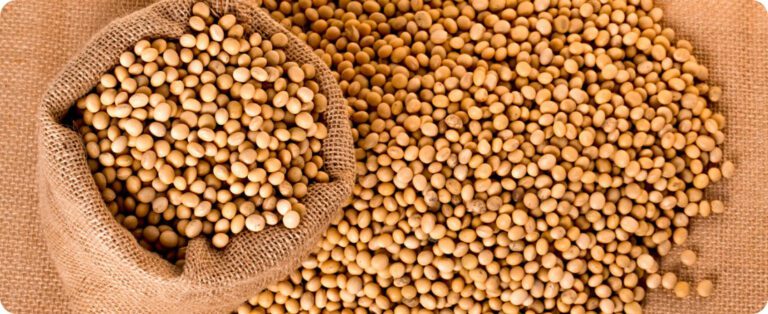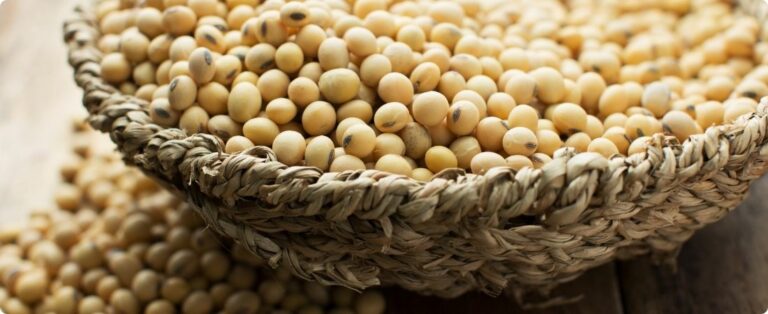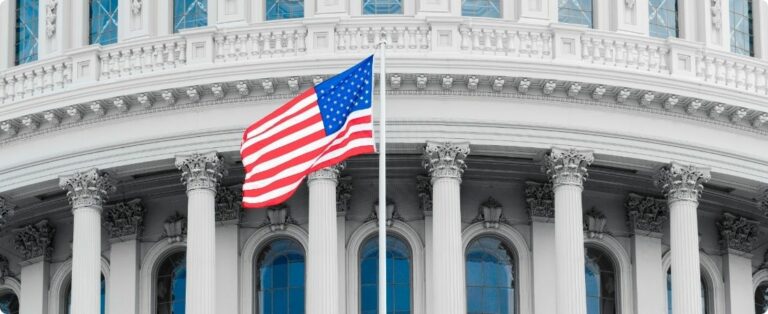With the theme “New strategy for a new agriculture”, 30 experts, from more than ten countries, meet this week in Curitiba for the South American Agriculture Forum 2016. In the audience, more than 400 people, representatives of all links in the Brazilian and global agribusiness production chain, from production to consumption, as well as trade in goods and services that trend the sector.
In its fourth edition, the event continues to take place at the Oscar Niemeyer Museum. A space of art and culture and also multidisciplinary, which in this case serves as inspiration to show the intense relationship between the countryside and the city, the urban and the rural, agricultural production, the economy and urban society. Among the participants, people from various regions of the state and country, interested in learning more about the future of a segment that is in the DNA of Brazil and South America.
They want to understand the asset that goes beyond political or economic power, which sometimes defines, segregates, taxes and labels first world nations, developing countries and even underdeveloped countries. Because South American wealth does not necessarily lie in its military or economic power. It is in its natural vocation, a characteristic that makes the block the breadbasket of the world. A unique region, with diplomatic commercial relations with all countries and continents. And not because we have money, but because we have food, the great asset of the modern world.
Macroeconomics
From grains to meat, the forum also focuses on macroeconomics based on the economic environment of agribusiness. Because it is no longer possible to deal with the economy, make economic analyzes and forecasts without talking about agribusiness. And the reality in Brazil leaves no doubt about this new world economic order. The economy that comes from the countryside increases its participation and accounts for almost 1/4 of the wealth generated in the country, almost 25% of the Gross Domestic Product (GDP). In Paraná, an even stronger relationship. One of the main indicators is the movement at the Port of Paranaguá. In the first half of the year, more than 80% of everything shipped at the Paraná terminal originated in the countryside.
With the theme “New strategy for a new agriculture”, 30 experts, from more than ten countries, meet this week in Curitiba for the South American Agriculture Forum 2016. In the audience, more than 400 people, representatives of all links in the Brazilian and global agribusiness production chain, from production to consumption, as well as trade in goods and services that trend the sector.
In its fourth edition, the event continues to take place at the Oscar Niemeyer Museum. A space of art and culture and also multidisciplinary, which in this case serves as inspiration to show the intense relationship between the countryside and the city, the urban and the rural, agricultural production, the economy and urban society. Among the participants, people from various regions of the state and country, interested in learning more about the future of a segment that is in the DNA of Brazil and South America.
They want to understand the asset that goes beyond political or economic power, which sometimes defines, segregates, taxes and labels first world nations, developing countries and even underdeveloped countries. Because South American wealth does not necessarily lie in its military or economic power. It is in its natural vocation, a characteristic that makes the block the breadbasket of the world. A unique region, with diplomatic commercial relations with all countries and continents. And not because we have money, but because we have food, the great asset of the modern world.
Macroeconomics
From grains to meat, the forum also focuses on macroeconomics based on the economic environment of agribusiness. Because it is no longer possible to deal with the economy, make economic analyzes and forecasts without talking about agribusiness. And the reality in Brazil leaves no doubt about this new world economic order. The economy that comes from the countryside increases its participation and accounts for almost 1/4 of the wealth generated in the country, almost 25% of the Gross Domestic Product (GDP). In Paraná, an even stronger relationship. One of the main indicators is the movement at the Port of Paranaguá. In the first half of the year, more than 80% of everything shipped at the Paraná terminal originated in the countryside.















